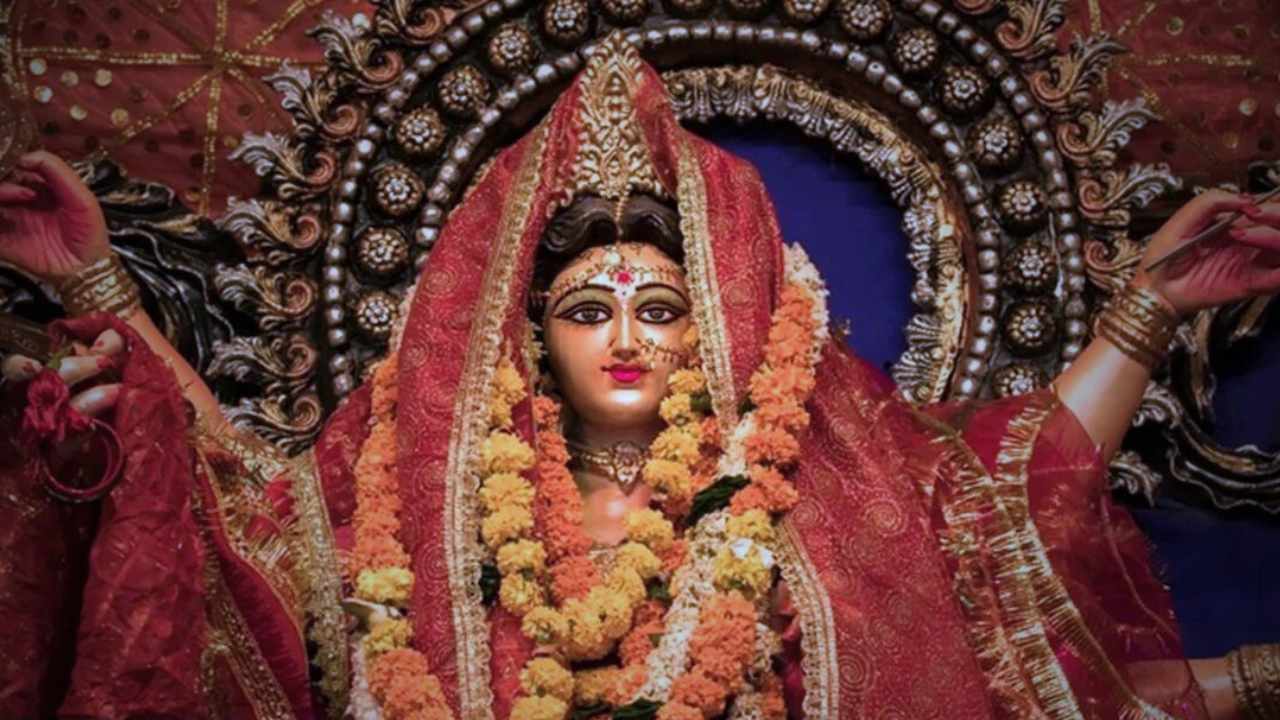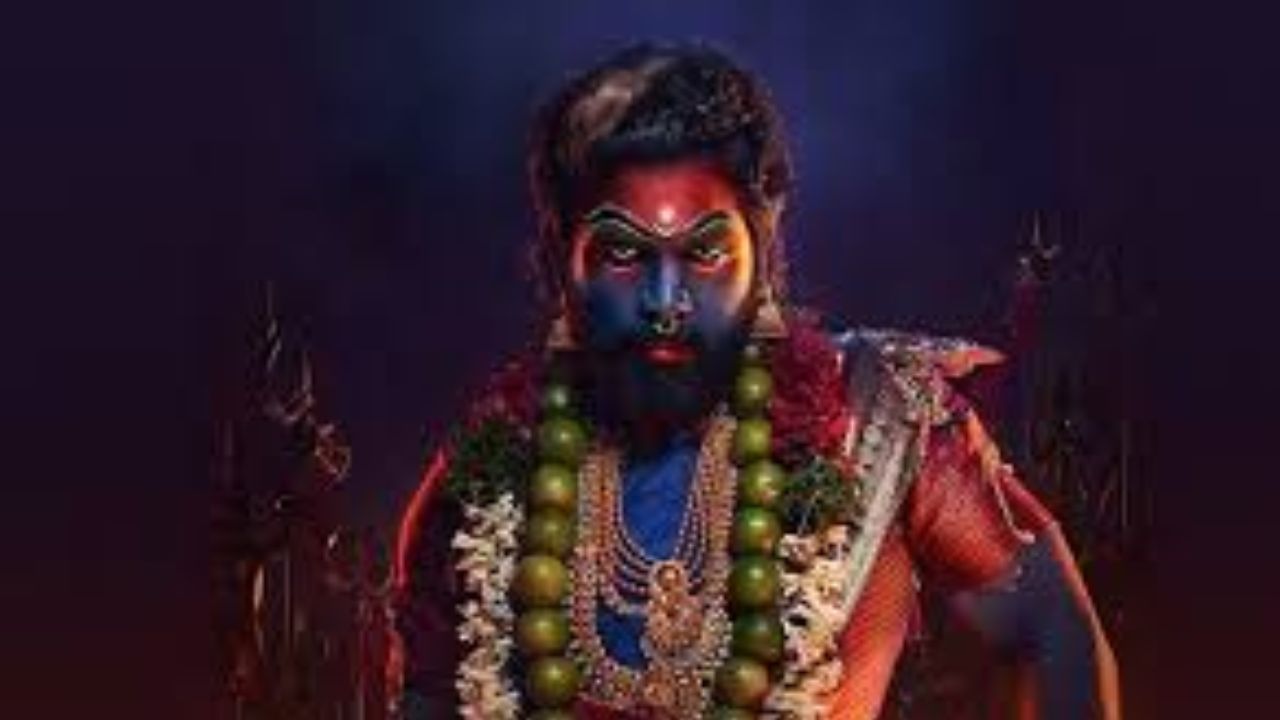Navratri, a vibrant nine-night festival celebrated across India, is laden with deep spiritual significance. Each day of this festival is dedicated to a different manifestation of Goddess Durga, embodying unique virtues and energies. The specific colors associated with each day not only enhance the festive ambiance but also reflect the essence of divine feminine energy. Wearing these colors is believed to attract blessings, positivity, and foster spiritual growth among devotees.
In 2024, Sharad Navratri commences on October 3rd and continues until October 11th. Each day features a distinctive color that resonates with the qualities of the goddess being honored. Here’s the daily color schedule:
| Day | Date | Colour | Goddess |
|---|---|---|---|
| Day 1 | October 3 | Yellow | Maa Shailputri |
| Day 2 | October 4 | Green | Maa Brahmacharini |
| Day 3 | October 5 | Grey | Maa Chandraghanta |
| Day 4 | October 6 | Orange | Maa Kushmanda |
| Day 5 | October 7 | White | Maa Skandamata |
| Day 6 | October 8 | Red | Maa Katyayani |
| Day 7 | October 9 | Royal Blue | Maa Kalaratri |
| Day 8 | October 10 | Pink | Maa Mahagauri |
| Day 9 | October 11 | Purple | Maa Siddhidatri |
Each color chosen during Navratri embodies significant meanings:
- Yellow: Represents joy, knowledge, and new beginnings, linked to Goddess Shailputri.
- Green: Symbolizes growth, prosperity, and harmony, associated with Goddess Brahmacharini.
- Grey: Reflects balance, neutrality, and wisdom, dedicated to Goddess Chandraghanta.
- Orange: Embodies enthusiasm, creativity, and vitality, representing Goddess Kushmanda.
- White: Signifies purity, peace, and truth, connected to Goddess Skandamata.
- Red: Denotes strength, passion, and courage, associated with Goddess Katyayani.
- Royal Blue: Symbolizes stability, tranquility, and depth, linked to Goddess Kalaratri.
- Pink: Represents love, compassion, and nurturing, dedicated to Goddess Mahagauri.
- Purple: Signifies ambition, spirituality, and introspection, associated with Goddess Siddhidatri.
The daily colors guide devotees in their attire choices, which not only enhances personal energy but also aligns them with the divine aspects of the goddess being honored. This practice deepens one’s spiritual connection and experience during the festival.
Celebrating Navratri involves various practices beyond just wearing designated colors. Here are some engaging ways to fully immerse yourself in the festive spirit:
- Dress Accordingly: Choose clothing that reflects the specific color assigned for each day.
- Decorate Your Space: Transform your surroundings with flowers, lights, and decorations that resonate with each day’s theme color.
- Participate in Rituals: Engage actively in prayers, ceremonies, and rituals honoring the goddess.
- Prepare Festive Foods: Cook traditional dishes that embody the spirit of Navratri, focusing on seasonal ingredients.
Here’s a quick reference to the colors throughout Navratri for effective selection:
- Day 1 (Oct 3): Yellow
- Day 2 (Oct 4): Green
- Day 3 (Oct 5): Grey
- Day 4 (Oct 6): Orange
- Day 5 (Oct 7): White
- Day 6 (Oct 8): Red
- Day 7 (Oct 9): Royal Blue
- Day 8 (Oct 10): Pink
- Day 9 (Oct 11): Purple
The colors of Navratri go beyond mere aesthetics; they connect individuals to their cultural heritage. Each hue serves as a reminder of the virtues represented by the goddess, fostering unity among devotees as they celebrate together.
Integrating color themes into celebrations can significantly uplift the festive atmosphere. Organize events where participants are encouraged to wear specific colors or decorate the venues according to daily themes.
Colors play a pivotal role in elevating spirits during celebrations, creating an ambiance filled with joy, devotion, and community spirit, enhancing the overall experience of the festival.
Beyond spiritual meanings, many believe that each color carries astrological implications, affecting personal energy levels during this auspicious period. This belief ties color choices to individual horoscopes and personal experiences.
1. When does Navratri 2024 start and end?
Navratri 2024 begins on Thursday, October 3, and concludes on Saturday, October 12. This festival celebrates divine feminine energy through various rituals and communal festivities.
2. What is the significance of Navratri?
Navratri symbolizes the triumph of good over evil, marking Goddess Durga’s victory over the demon Mahishasura. It is an opportunity for devotees to engage in prayers, fasting, and vibrant community celebrations.
3. What are the colors associated with each day of Navratri 2024?
Each day features a color linked to a form of Goddess Durga. Here’s a brief overview:
- Day 1 (October 3): Yellow – Goddess Shailputri
- Day 2 (October 4): Green – Goddess Brahmacharini
- Day 3 (October 5): Grey – Goddess Chandraghanta
- Day 4 (October 6): Orange – Goddess Kushmanda
- Day 5 (October 7): White – Goddess Skandamata
- Day 6 (October 8): Red – Goddess Katyayani
- Day 7 (October 9): Royal Blue – Goddess Kalaratri
- Day 8 (October 10): Pink – Goddess Mahagauri
- Day 9 (October 11): Purple – Goddess Siddhidatri
4. What rituals are performed during Navratri?
Rituals typically include:
- Ghatasthapana: The installation of a sacred pot symbolizing the goddess.
- Daily prayers and offerings to different forms of Durga.
- Fasting, cultural dances (Garba and Dandiya), and communal gatherings.
5. Is fasting necessary during Navratri?
While fasting is common, it is not mandatory. Practices vary among individuals—some may fast for all nine days, others choose specific days or may opt not to fast at all.
6. How do celebrations differ across India?
Celebrations vary significantly across regions:
- In Gujarat, lively Garba dances are a staple.
- In West Bengal, elaborate Durga Puja rituals are celebrated.
- In North India, night-long prayers and festivities are common.
7. What are common practices during Navratri?
Common customs include:
- Wearing traditional clothing that aligns with each day’s color.
- Participating in community dances and singing devotional songs.
- Preparing special prasad (offerings) to present to the goddess.
8. How can one prepare for Navratri?
Preparation steps include:
- Setting up a dedicated space for worship.
- Gathering necessary materials for rituals.
- Planning fasting routines and festive meals.
9. What does Vijaya Dashami signify?
Vijaya Dashami, celebrated on October 12, marks the conclusion of Navratri and symbolizes the victory of good over evil. This day is often linked to the immersion of Durga idols in water bodies.










